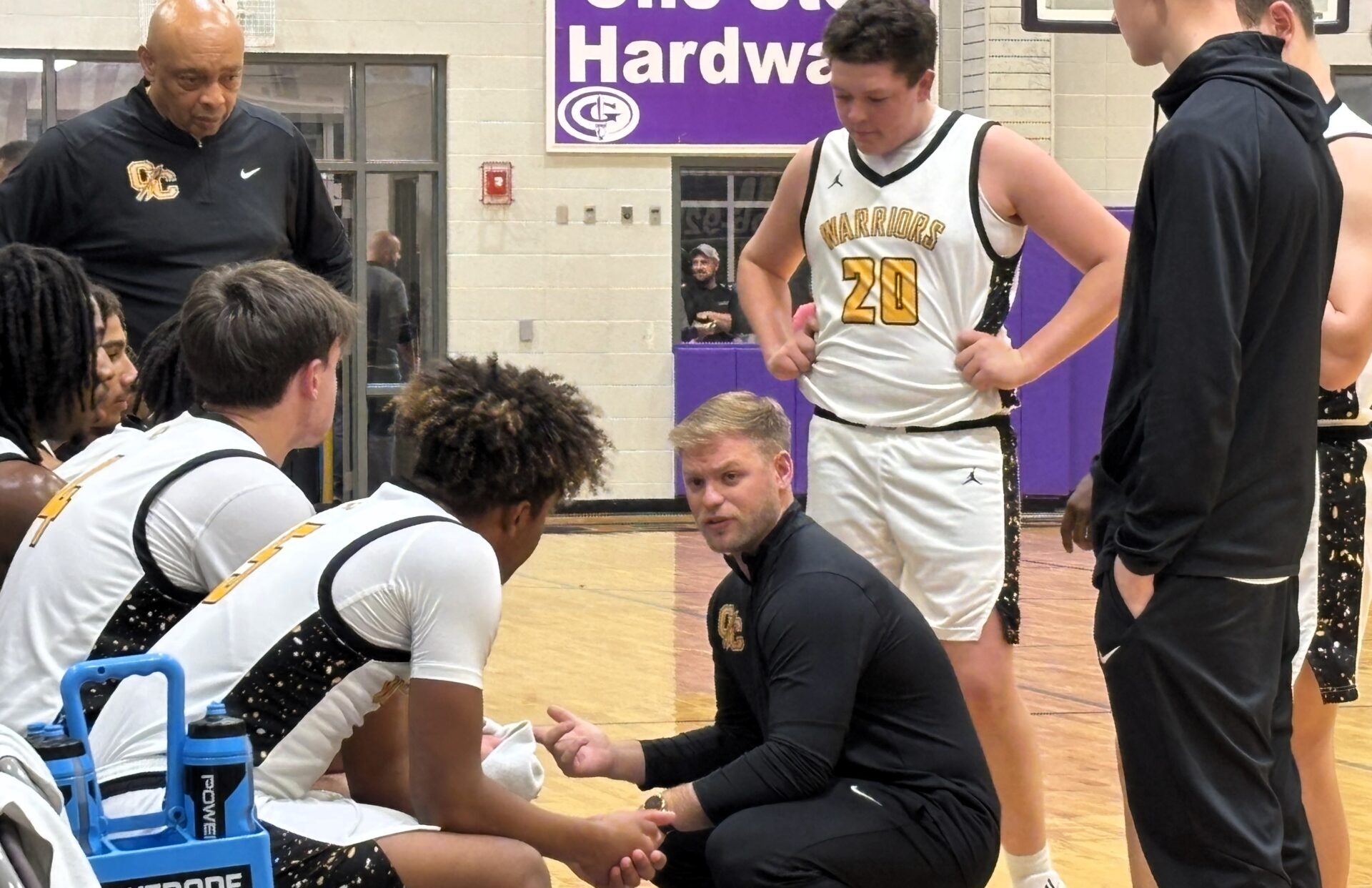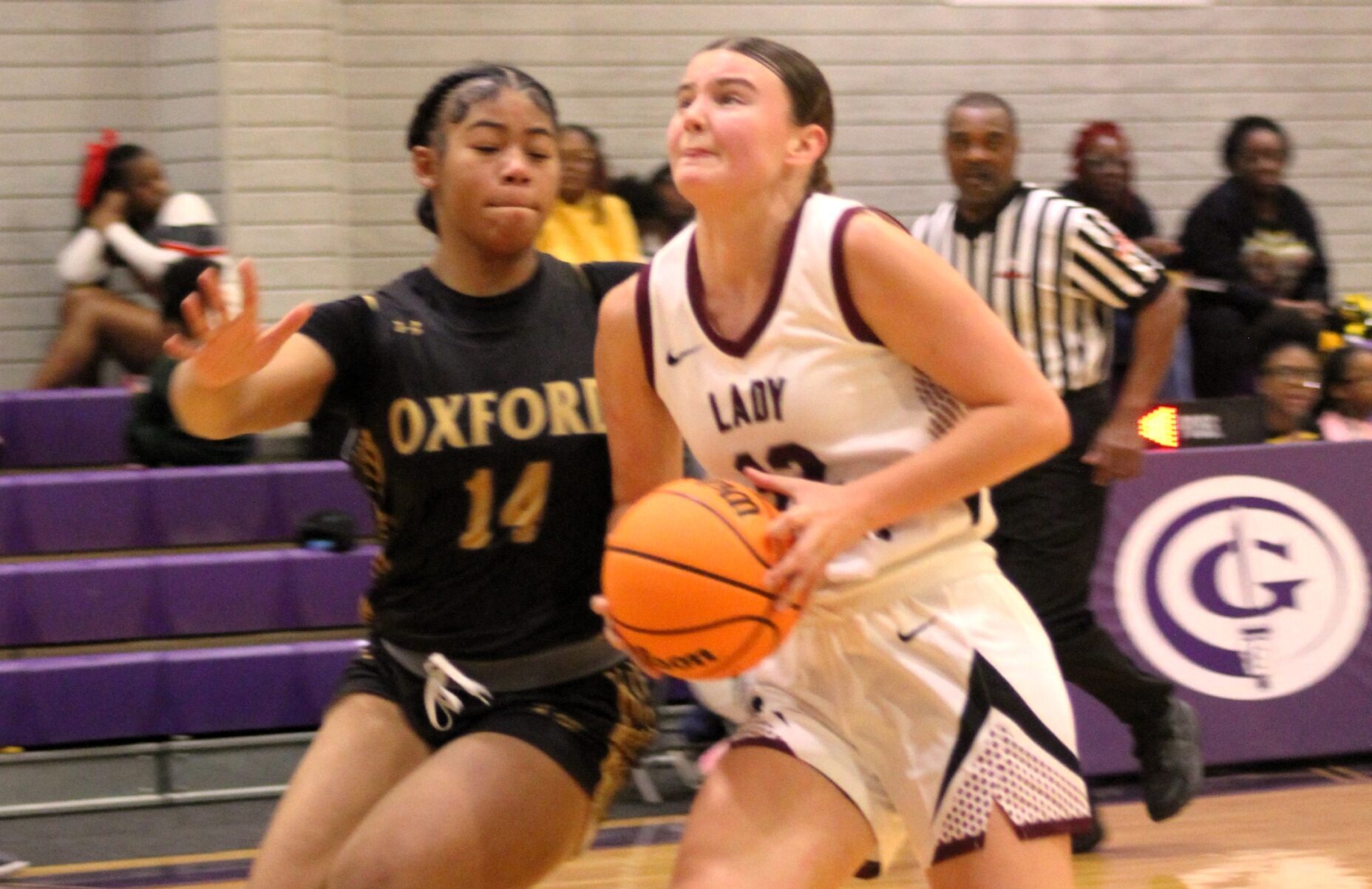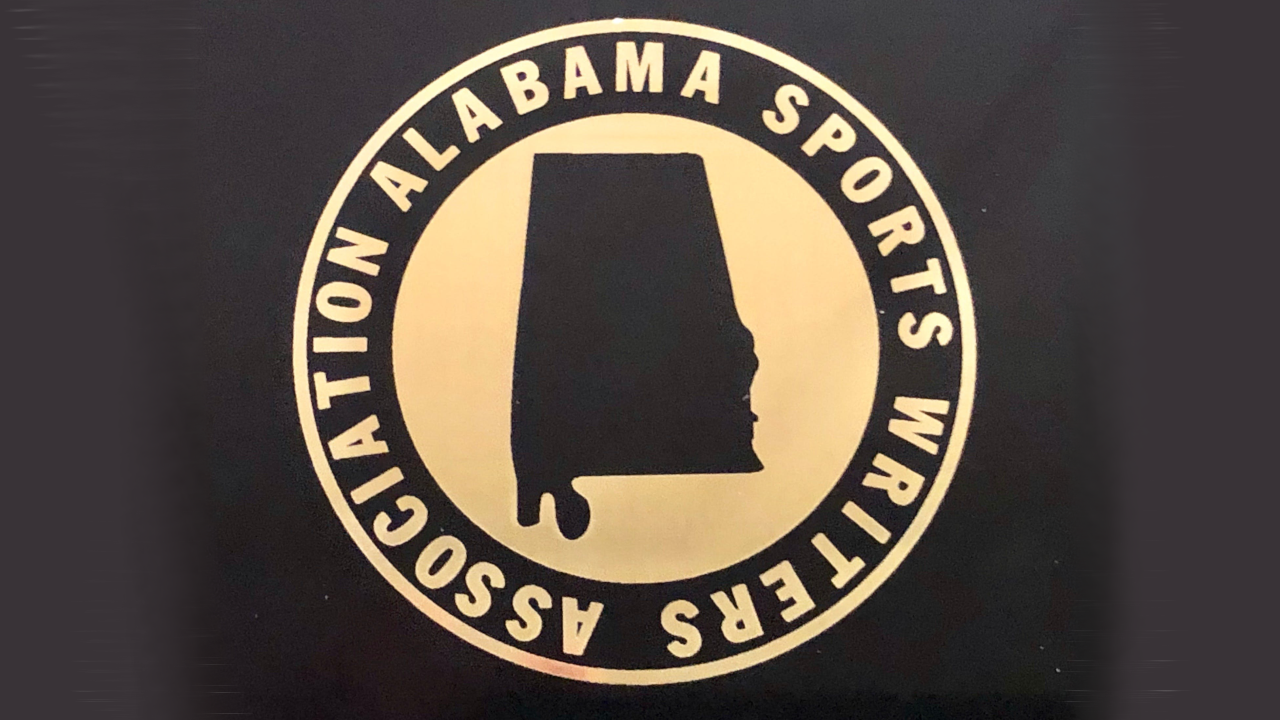
(THE HAGUE, Netherlands) — President Donald Trump departed early Tuesday for the NATO summit in The Hague, Netherlands, just days after he made the decision to launch strikes on Iranian nuclear sites and hours after he announced a ceasefire in the Israel-Iran conflict. It will be the first time Trump will face European U.S. allies since returning to the White House in January.
On his way to the summit, Trump questioned a core tenant of the alliance as he refused to commit to Article 5 — the agreement of collective defense among NATO nations.
“Are you committed to Article 5 of NATO,” Trump was pointedly asked.
“Depends on your definition. There’s numerous definitions of Article Five. You know that, right?” Trump claimed.
“But I’m committed to being their friends,” he added. “You know, I’ve become friends with many of those leaders, and I’m committed to helping them.”
He was later asked to clarify those comments given the eyebrows it’s sure to raise among other nations.
“Are you still committed to mutual defense?” he was asked.
“I’m committed to saving lives,” Trump said. “I’m committed to life and safety, and I’m going to give you an exact definition when I get there. I just don’t want to do it on the back of an airplane.”
On the eve of Trump’s departure, Iran carried out retaliatory strikes at a U.S. base in Qatar. Trump said Monday that 13 of those missiles were intercepted and a 14th was off target.
“I am pleased to report that NO Americans were harmed, and hardly any damage was done,” Trump posted on social media, adding that Iran gave the U.S. “early notice.”
Then hours later, Trump posted on his social media platform that the two countries had agreed to a ceasefire that would end hostilities.
“This is a War that could have gone on for years, and destroyed the entire Middle East, but it didn’t, and never will!” Trump posted early Monday evening.
But as left the White House, Trump told ABC News on Tuesday he is “not happy” with either Israel or Iran after the opening hours of a nascent ceasefire between the two combatants were marred by reported exchanges.
Trump said Iran and Israel both “violated” the ceasefire.
“Israel, as soon as we made the deal, they came out and dropped a boat load of bombs the likes of which I’ve never seen before,” Trump said. “The biggest load that we’ve seen, I’m not happy with Israel.”
“OK, when I say now you have 12 hours, you don’t go out in the first hour and just drop everything you have on them,” the president added. “So, I’m not happy with him. I’m not happy with Iran either.”
Trump said he was “unhappy if Israel is going out this morning because of one rocket that didn’t land, that was shot perhaps by mistake, but didn’t land,” referring to Israeli allegations — denied by Tehran — that Iran fired missiles toward Israel on Tuesday after the ceasefire came into effect.
The conflict will undoubtedly loom large over this summit just as it did with the G7 summit in Canada last week — which Trump left early to monitor the growing crisis between Israel and Iran back at the White House.
The trip will be brief. Trump is expected to leave the White House early Tuesday morning and return to the U.S. on Wednesday evening. Upon his arrival in the Netherlands on Tuesday night, Trump will head straight into the pomp and circumstance. He will attend a formal dinner at the Netherlands Royal Palace alongside the King and Queen of the Netherlands. He will also take a NATO family photo that evening.
On Wednesday, Trump will attend the NATO summit where he will participate in a NATO family photo, a photo spray at the top of NATO Secretary General Mark Rutte’s remarks and then the first plenary session with NATO leaders. The president will then spend a few hours engaged in bilateral meetings, although it is not not yet known which leaders he plans to meet with on the sidelines of the summit. Trump will then hold a news conference where he will surely face questions about his order to strike Iranian nuclear sites and the impact of that mission. After the news conference, Trump is set to leave the Netherlands and return to the U.S.
Trump is going into the conference with a key priority: he wants the alliance to codify an increase in defense spending across all member nations, from 2% of their gross domestic product to 5%. This has been a signature issue for Trump well before the new Middle East conflict. The president has long complained that the U.S. has been subsidizing the defense of its allies — and has even gone so far as threatening that he would not come to the defense of nations not fully paying their way, a radical departure from NATO’s Article 5, which says an attack on one is an attack on all.
Trump’s criticisms go back as far as the 2017 NATO summit, when he accused his European counterparts of failing to pay what he said was their “fair share.”
Though Trump’s top advisers have signaled confidence that the 5% threshold will be agreed to by a vote at this year’s summit, some nations like Spain have other plans. Spain’s prime minister announced over the weekend that it forged an agreement that will allow it to remain in NATO without meeting the new defense spending threshold, instead contributing only 2.1% of the nation’s GDP.
Trump has a few other aims for the conference, including urging alliance members to revitalize their industrial capacities for critical minerals and weapons and bilateral meetings with world leaders to reaffirm a commitment to allies, a senior administration official said last week in a call previewing the trip.
In the time since Trump last attended a NATO summit, Russia invaded Ukraine. The war in Ukraine has raged on for more than three years and Trump has repeatedly claimed it would not have happened if he were in office. He has also blamed the war on Ukraine’s desire to join NATO. Ukrainian President Volodymyr Zelenskyy has been a featured guest at NATO summits since the war, including the one former President Joe Biden hosted in Washington last year, but it’s reported that Zelenskyy’s involvement will be limited this year — including not having a seat at the table.
This is also Trump’s first NATO summit of his second term, a reemergence in the alliance that he sharply criticized during his first term. It also comes after many NATO leaders have already returned to the White House for bilateral meetings to discuss key issues and to gain favor with Trump. Under the shadow of the growing conflict in the Middle East, world leaders will be watching closely for how Trump will enact his America First policy in his second term and how that policy will impact American alliances overseas.
ABC News’ Rachel Scott, Aïcha Elhammar, Justin Gomez and Lalee Ibssa contributed to this report.
Copyright © 2025, ABC Audio. All rights reserved.




